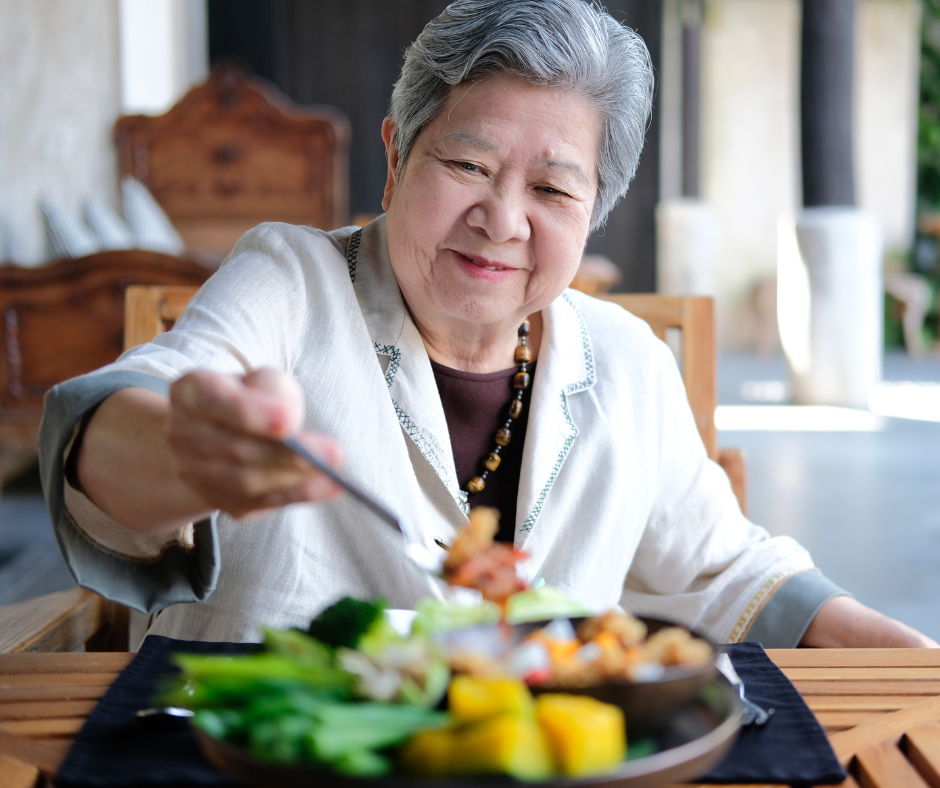Overcoming Food Insecurity for Seniors
The organization Feeding America recently released a report saying that 5.2 million Americans 60 and over are food insecure.
What are some factors that might contribute to that food insecurity?
Food insecurity is particularly hard on senior citizens. Many are living on tight budgets and a fixed income from Social Security, maybe a pension, and hopefully some savings. Moreover, the impact of isolation during COVID and ongoing inflation has made it even tougher over the last couple of years on a vulnerable population. Not to mention, many are forced to make hard choices between food and medications. Sometimes, they have to cut back on one or the other—or both.
However, it doesn’t need to be this way.
There are resources out there that will help seniors access food.
- Meals on Wheels: Established in 1972. This federally supported non-profit serves 223 million meals to approximately 2.4 million seniors every year. Meals are delivered to people’s homes or in a congregate setting such as churches or community centers.
- Prepared meals delivery services: Online services such as SeniorDiettoGo.com will prepare and deliver meals designed to meet the unique nutritional needs of seniors.
- Religious organizations: A long-standing tradition with religious organizations. Community meals are often available for people to attend or have delivered to those less mobile.
- Home Care providers: One of the major activities of non-medical home care providers is helping with groceries and preparing meals for those unable to perform this activity of daily living (ADL) on their own.
- Food Stamps: The Supplemental Nutrition Assistance Program (SNAP) is a government-subsidized benefit to help low-income households purchase healthy food. A single senior can receive an EBT card loaded monthly with $104 to use to purchase food. However, this does include alcohol, tobacco, pet food, or supplements. Seniors will qualify to start at age 60 and with income limits of $1,396 in gross income for each individual. Or, for a two-person household a gross income of $1,888. People can apply at the BenefitsCheckUp® website.
In a country as rich and vast in its resources as the United States, no one should go hungry. Regardless of the impact of inflation or isolation, the intention of many programs is to help people overcome a lack of nutrition and beat back food insecurity.
Stay in the know! Visit my website for resources, blogs, and for the latest tips in retirement planning on my podcast, Retirement Genius.
